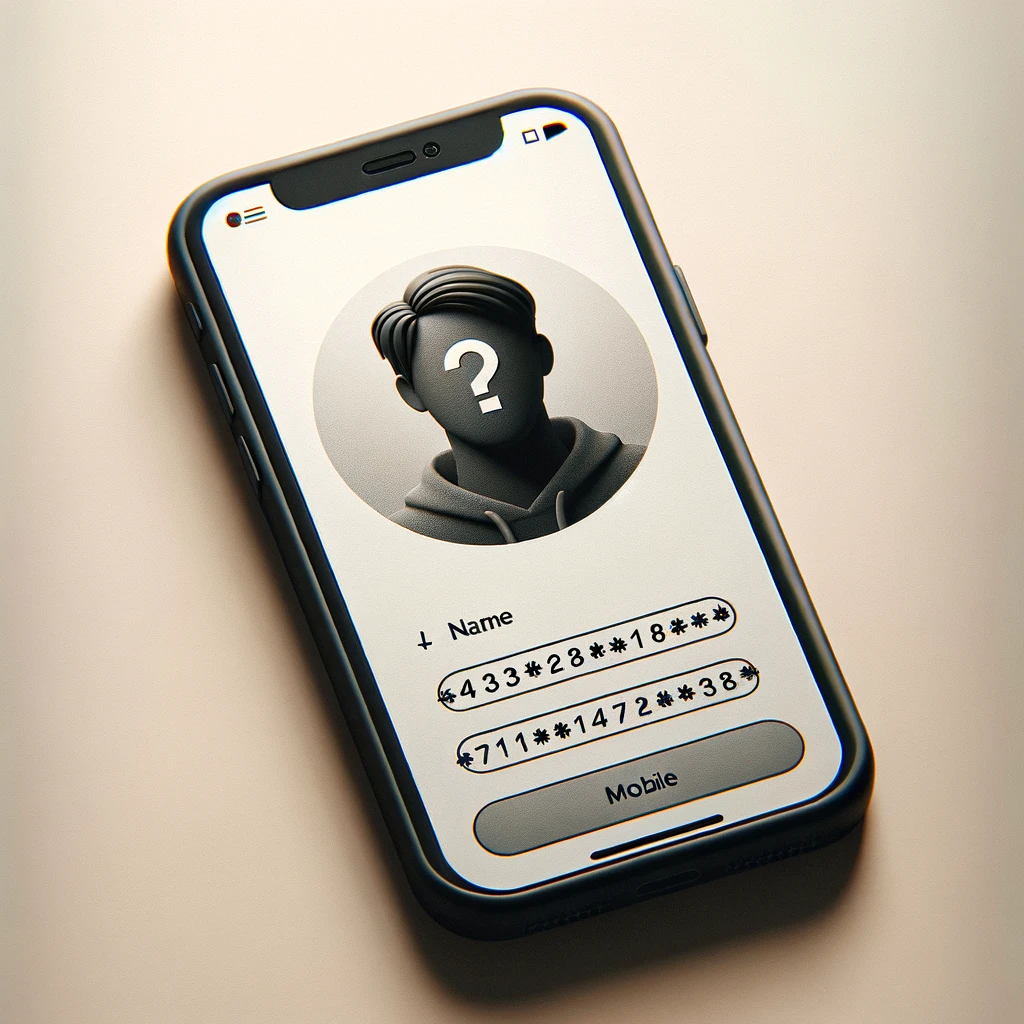Implementing mobile number masking in your Ionic app involves creating a feature that hides or obscures part of a user’s mobile number to protect their privacy. This can be especially useful in applications where phone numbers are displayed but full privacy needs to be maintained. Here’s a step-by-step guide to implement a basic mobile number masking feature in your Ionic app, using Angular for the frontend logic:
1. Create a Pipe for Masking
You’ll create a custom Angular pipe that takes a mobile number as input and returns a masked version of it.
- Generate a Pipe: Use the Angular CLI to generate a new pipe.
ng generate pipe MaskNumber
- Implement Masking Logic: Edit the generated pipe file to implement the masking logic. A common approach is to show only the last 4 digits of the phone number.
import { Pipe, PipeTransform } from '@angular/core';
@Pipe({
name: 'maskNumber'
})
export class MaskNumberPipe implements PipeTransform {
transform(value: string, visibleDigits: number = 4): string {
let maskedSection = value.slice(0, -visibleDigits).replace(/\d/g, '*'); // Replace all digits except the last 4 with '*'
let visibleSection = value.slice(-visibleDigits);
return maskedSection + visibleSection;
}
}
2. Use the Pipe in Your Component
Once you’ve created the pipe, you can use it in your Ionic app’s templates to mask mobile numbers dynamically.
- Import the Pipe: Ensure that the
MaskNumberPipeis declared and exported in a module that is imported by the module where you want to use it. Typically, this would be in yourAppModuleor a shared module. - Apply the Pipe in Templates: Use the pipe in your component’s HTML template where you display phone numbers.
<div>{{ user.phoneNumber | maskNumber }}</div>
This will apply the masking to user.phoneNumber, displaying it with all but the last four digits masked.
3. Test Your Implementation
Ensure that you test the masking feature with various phone numbers to ensure it behaves as expected across different scenarios, including handling of international numbers if your app is used globally.
4. Considerations for International Numbers
If your application deals with international numbers that might have varying lengths, consider enhancing your masking logic to dynamically adjust based on the total length of the number. You might want to mask a larger portion of the number for longer international formats.
5. Security Note
While masking numbers can provide a layer of privacy, ensure you also implement server-side security measures to protect user data effectively. Masking on the frontend is a UI convenience, not a security feature.
By following these steps, you can implement a basic number masking feature in your Ionic app. This enhances user privacy by ensuring that sensitive information is not displayed in full, adding a level of trust and security to your application.
